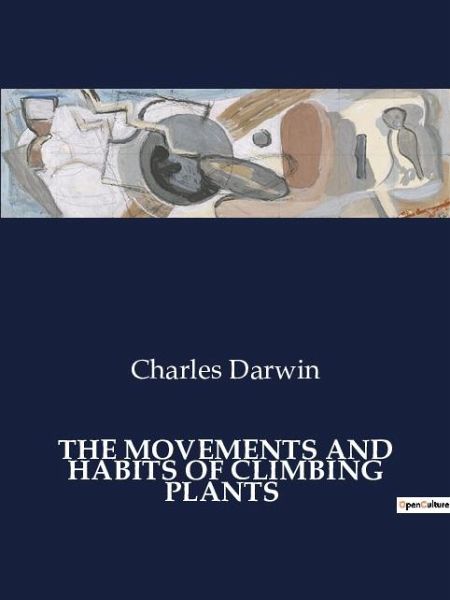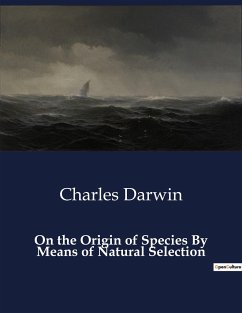
THE MOVEMENTS AND HABITS OF CLIMBING PLANTS
Versandkostenfrei!
Versandfertig in 1-2 Wochen
15,90 €
inkl. MwSt.

PAYBACK Punkte
0 °P sammeln!
"The Movements and Habits of Climbing Plants" is a book written by Charles Darwin. Originally published in 1875, it is a botanical work in which Darwin explores the behavior and adaptations of various climbing plants. This book is considered one of Darwin's later works, following his groundbreaking "On the Origin of Species." In "The Movements and Habits of Climbing Plants," Darwin investigates how certain plants exhibit climbing behaviors, the mechanisms they employ, and the advantages of climbing in their natural environments. He explores topics such as the role of twining, the movement of t...
"The Movements and Habits of Climbing Plants" is a book written by Charles Darwin. Originally published in 1875, it is a botanical work in which Darwin explores the behavior and adaptations of various climbing plants. This book is considered one of Darwin's later works, following his groundbreaking "On the Origin of Species." In "The Movements and Habits of Climbing Plants," Darwin investigates how certain plants exhibit climbing behaviors, the mechanisms they employ, and the advantages of climbing in their natural environments. He explores topics such as the role of twining, the movement of tendrils, and the ability of plants to adapt and reach for support in their surroundings. Darwin's observations and experiments in this book contribute to the broader understanding of plant biology and adaptation. While not as widely known as some of his other works, it reflects Darwin's meticulous approach to scientific inquiry and his curiosity about the natural world.












